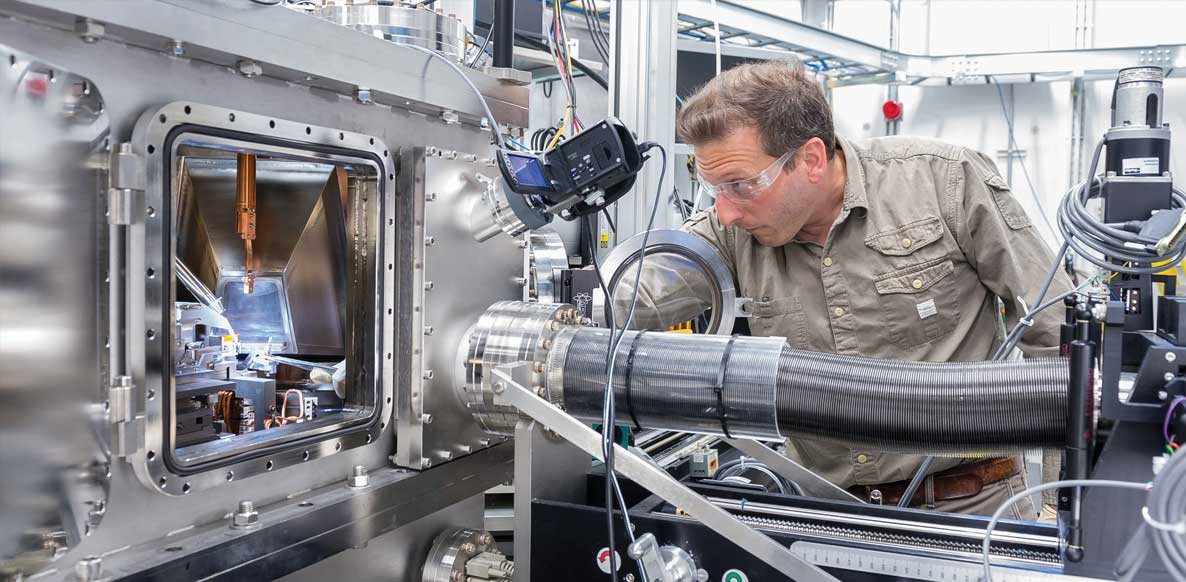
Initial work of the Consortium for Lead Battery Leadership in Long Duration Energy Storage will focus on battery life, capacity, and cost-effectiveness
A new research program managed by Battery Council International is laying the groundwork for the next generation of lead batteries, highlighting the importance of a diverse and cost-effective approach to U.S. energy storage needs. In April, Battery Council International was awarded $5 million by the U.S. Department of Energy to establish the Consortium for Lead Battery Leadership in Long Duration Energy Storage (LDES).
More recently, BCI’s technical director Dr. Tim Ellis has begun meeting with private and public sector participants to set the agenda of the Consortium with the goal of improving lead battery performance.


“The DOE’s sponsorship of this program is the culmination of decades of hard work done by BCI and its members to partner with the national laboratory system to unlock the real potential of lead batteries,” said Ellis. “No single chemistry can solve the puzzle of long-duration energy storage, nor can any single battery firm. BCI is uniquely positioned to bring together all stakeholders and focus on the real-world challenges of long duration energy storage.”
Initial research to focus on battery life, capacity, and cost-effectiveness
BCI’s Consortium for Lead Battery Leadership in Long Duration Energy Storage is a focused effort with a very specific goal. Namely, the Department of Energy has asked for research that will support lead batteries capable of 10+ hours of storage with a pathway to $0.05/kWh levelized cost of storage by 2030. The current levelized cost of storage for lead batteries can be as much as $0.38/kWh.

To reach that Department of Energy target, the LDES research team has already plotted some initial areas for improvement and research. They include:
- Cycle life – A measure of how many cycles a battery can deliver before its available capacity is significantly reduced, cycle life is a critical energy storage metric. The longer a battery can maintain peak performance, the more cost-effective that battery is.
- Capacity utilization – The highest amount of electricity a battery can produce also is a logical limit to how cost-effective a battery is over its life. The bigger the capacity and the more efficient the utilization rate, the more energy provided by a single battery.
- Crystallization behavior – Lead batteries slowly lose their ability to recharge in part because of crystallization of lead sulfate during chemical reactions. As crystals grow on surfaces within the battery rather than dissolve back into the electrolyte solution, that battery loses capacity over time. This behavior is responsible for one of the failure modes common in lead batteries, negative electrode passivation.
- Technoeconomic analysis and modeling – All battery performance must be measured with an eye towards levelized cost of storage, a calculation of the total cost of a battery over its lifetime divided by the total amount of electricity it delivers in that life. Ultimately, every battery must have a real-world commercial case behind its production.
Next-gen lead batteries play a critical role in grid storage
This last element of objective cost-benefit analysis is perhaps just as important as any scientific improvements to battery technology, given the real-world economic implications of the energy storage revolution.
“Policymakers and researchers at DOE have partnered with BCI and our members because we are experts in the business of batteries,” said Roger Miksad, President and Executive Director of BCI. “Any LDES solution must be grounded in both commercial and scientific reality to succeed. Lead batteries have unique advantages over other battery chemistries, including an established domestic supply chain and affordable materials, and those are critical factors to meeting any future U.S. demand.”
That future demand is significant, too. The Department of Energy has estimated that as much as 460 GW of long duration energy storage must be wired into the national power grid by 2050, requiring an investment of as much as $330 billion.
“Massive investments in energy storage will be required in the years ahead,” said Matt Raiford, technical director of the Consortium for Battery Innovation (CBI). CBI will also provide technical guidance for the program. “Should the Consortium for Lead Battery Leadership in Long Duration Energy Storage identify even a modest improvement in costs per kilowatt hour, that will have a significant impact when deployed at scale across the many years ahead.”
Public and private stakeholders working together
As a +100-year-old trade group representing the energy storage industry, Battery Council International is comprised of more than 160 member firms from around the world. Its members include battery manufacturers, recyclers, suppliers, retailers and distributors with real world experience in bringing cutting-edge battery technology to market.

BCI’s Tim Ellis and CBI’s Matt Raiford will facilitate research and collaboration between private sector stakeholders and public sector researchers at the Department of Energy and U.S. national labs. In October, BCI also hired Courtney Greco as its new technical projects manager to help administer the LDES program.
The other organizations participating in the LDES research consortium are:
BCI Member Companies








U.S. National Laboratories



Trade Associations


“There are a lot of bright researchers and creative thinkers who are coming together as part of the Consortium for Lead Battery Leadership in Long Duration Energy Storage,” BCI’s technical director Dr. Tim Ellis. “We all believe that advanced lead batteries have the technical capabilities to support next generation energy storage facilities, and we’re already working hard to bring that potential into reality.”







